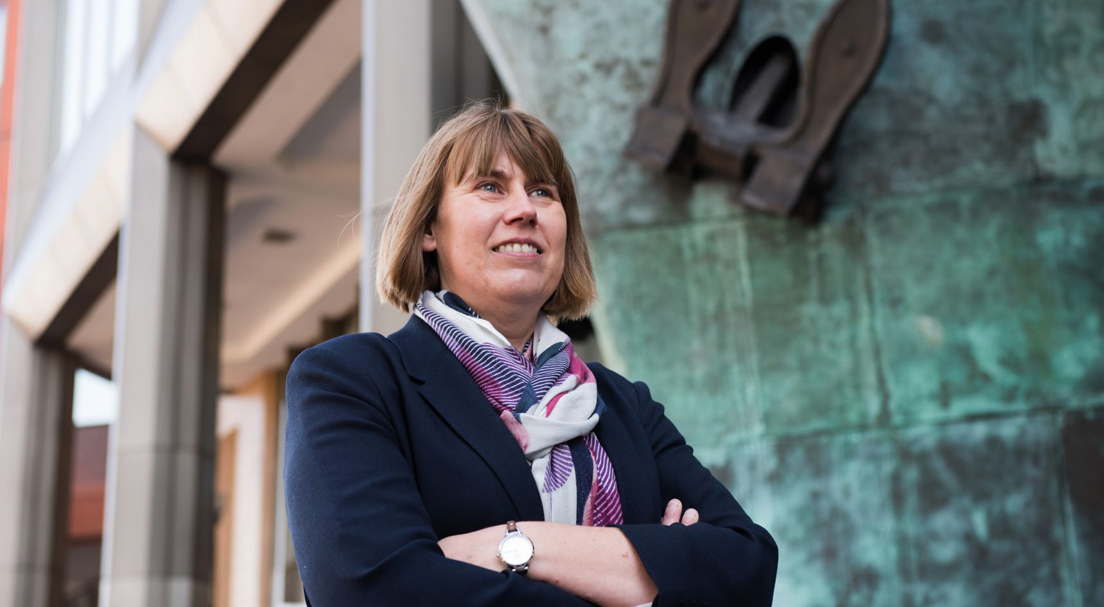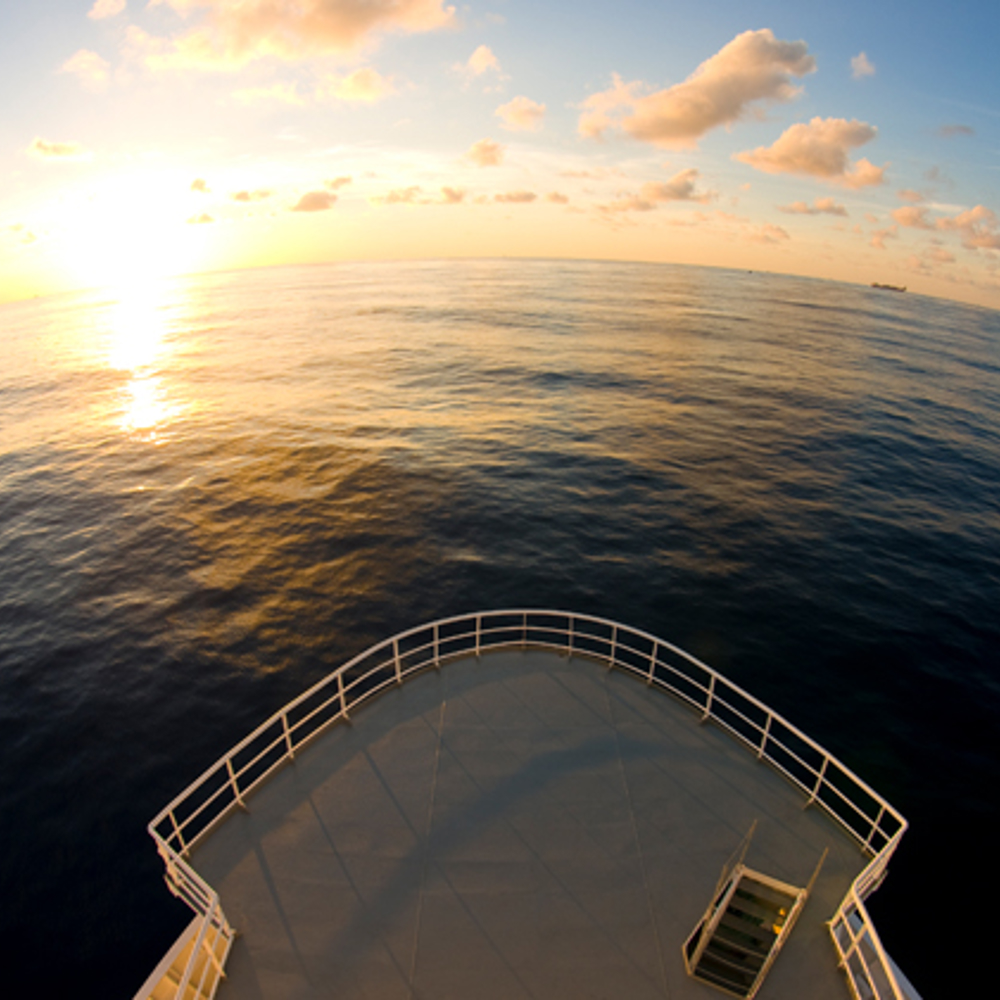How will the shipping industry rise to the challenge of decarbonisation?
As the world's attitude towards fossil fuels is changing, shipping is working to find a non-fossil, zero-emission and sustainable energy source but it's a complex task to undertake. At the end of 2015 the Paris Agreement confirmed that it was not a question of whether climate change should be addressed but a question of how and it was clear that everyone will have to contribute.
Katharine Palmer, our Global Sustainability Manager, explains our role in this area and the work she is leading: "We have set out to produce research reports looking at fuel and technology trends for the marine industry, aimed at developing new knowledge and tools that can contribute to policy debate. The first piece of research specifically addressing the decarbonisation challenge was Low Carbon Pathways 2050, which asked the question: given the best available evidence, what is a reasonable estimate of how shipping might be required to change and what does this look like?"
To help address the challenge we have been working alongside Shipping in Changing Climates, a $4m multi-university and cross-industry research project, funded by the Engineering and Physical Sciences Research Council (EPRSC).
"The study made it clear that we needed to advance thinking beyond marginal gains in energy efficiency and alternative fossil fuels if we are to identify the sector's least-cost decarbonisation pathways. The report also underlined the need for shipping to start its decarbonisation imminently. As stringency increases over time, increasingly high-cost mitigation steps are then required. The later we leave decarbonisation the more rapid and potentially disruptive it will be for shipping."

How do we get from low carbon to zero emissions?
To achieve at least a 50% reduction in CO2 by 2050 and to be on course for a CO2 pathway consistent with the Paris Agreement, zero-emission vessels (ZEVs) need to be entering the fleet around 2030. What's more, a significant portion of new-builds will have to be zero emission to compensate for the non-zero emissions of the existing fleet.
After Low Carbon Pathways 2050 was published we saw a transition in mindset, with broad industry buy-in to take action. But the question became: "How are we going to do this in practice?" The answer was to look at what threshold levels are needed to make zero emission technologies viable and how to support this change.
Our experience in innovative zero emission technologies, such as wind, hydrogen fuel cells and batteries, shows that the possibilities are there. But the next step is to demonstrate that these are viable alternatives to hydrocarbon propelled shipping, at least by 2030.
A significant portion of new-builds will have to be zero emission to compensate for the non-zero emissions of the existing fleet.
How do we turn ambitions into reality?
Last year, the initial GHG strategy was adopted by IMO's Marine Environment Protection Committee (MEPC) during its 72nd session at IMO Headquarters in London. This sector deal represents a significant ambition for the shipping sector, by setting an ambition to reduce GHGs by at least 50% by 2050, based on a 2008 baseline. There is also a strong emphasis on reducing to 100% by 2050 if this is shown to be possible.
This puts the shipping sector on course for a 2°C pathway, as shown in Low Carbon Pathways 2050 and in line with the Paris Agreement, while aiming for 1.5°C. This deal provides a clear signal to the industry that the overarching aim is to end the use of fossil fuels.
So what does this mean for ship owners and operators? From a practical perspective, if ZEVs need to enter service by 2030 anyone planning to finance, design or build a ship in the 2020s will need to consider how it can switch to non-fossil fuel later in its operational life.
Palmer believes the industry is ready for change but needs support to take action: "The industry response to the IMO GHG strategy has been very positive. But now we're moving into a phase of 'what do we need to do and how do we do it?' So the question is: 'How do we encourage action, maintain momentum and come up with measures that the industry can implement?'"
Setting the agenda
Our work in this space is about demonstrating 'the art of the possible' and providing evidence to encourage action: "Using our technical expertise, research capability and insight we look to facilitate the development of the solutions needed or validate those proposed. It is important that solutions are not only viable from a commercial perspective but are also technically feasible and can be safely adopted and operated. Our next research study is already underway. The objective is to show what's needed to enable the transition, on a ship and supply infrastructure level, to support the action planning programme. We hope to demonstrate to industry stakeholders that they can start taking action now."
The next piece of the current puzzle is to help the industry answer the next questions in this complex challenge: what needs to happen for ship deployment? And what needs to happen to develop the supply infrastructure? We have recently developed a Transition Pathway study, looking at the milestones, barriers and enablers, based on cost implications, operating profile and how policy measures such as carbon pricing could influence this.
Our new Zero-Emission Vessels: Transition Pathways study will be launched on 29 January 2019 during a webinar co-hosted by our partners University Marine Advisory Services (UMAS) and will be moderated by Nor-Shipping.
Our work in this space is about demonstrating ‘the art of the possible’ and providing evidence to encourage action.







